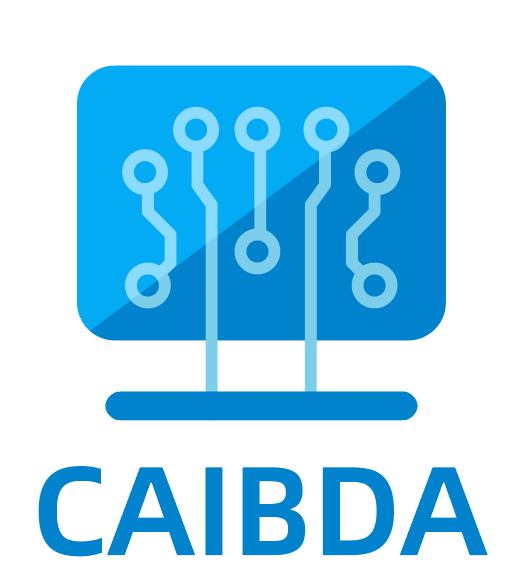
Prof. Kenji Suzuki
http://suzukilab.first.iir.titech.ac.jp/
Biography:
Kenji Suzuki, Ph.D, has been actively researching deep learning in medical imaging and AI-aided diagnosis for over 25 years. Prior faculty experiences include University of Chicago and Illinois Institute of Technology. He has published 14 books and over 340 papers and is an inventor on a dozen of licensed and commercialized patents, including one of the earliest deep learning patents. He has been awarded numerous grants, including grants from NIH, NEDO, and JST, chaired 98 international conferences, and served as editor of over 40 leading international journals. Dr. Suzuki has been Professor at Institute of Innovative Research at Tokyo Institute of Technology, where he explores the possibilities of explainable AI.
Speech title:
Artificial Intelligence in Computer-aided Diagnosis and Medical Image Processing
Abstract:
Deep learning in artificial intelligence (AI) has become one of the most active areas of research in the biomedical imaging field including medical image analysis and AI-aided diagnosis, because “learning from examples or data” is crucial to handling a large amount of data (“Big data”) coming from medical imaging systems. Deep learning, including our original massive-training artificial neural networks (MTANNs), is an end-to-end machine learning model that enables a direct mapping from the input images to the desired outputs, eliminating the need for handcrafted features in feature-based machine learning. Deep learning is a versatile, powerful framework that can acquire medical image-processing and analysis functions and diagnosis with medical images through training with image examples. In this talk, deep learning in computer-aided diagnosis (CAD) and medical imaging is overviewed, including 1) CAD for lung cancer detection in chest radiography and thoracic CT, 2) distinction between benign and malignant nodules in CT, 3) polyp detection and classification in CT colonography in colorectal cancer screening, 4) separation of bones from soft tissue in chest radiographs, and 5) radiation dose reduction in CT and mammography.